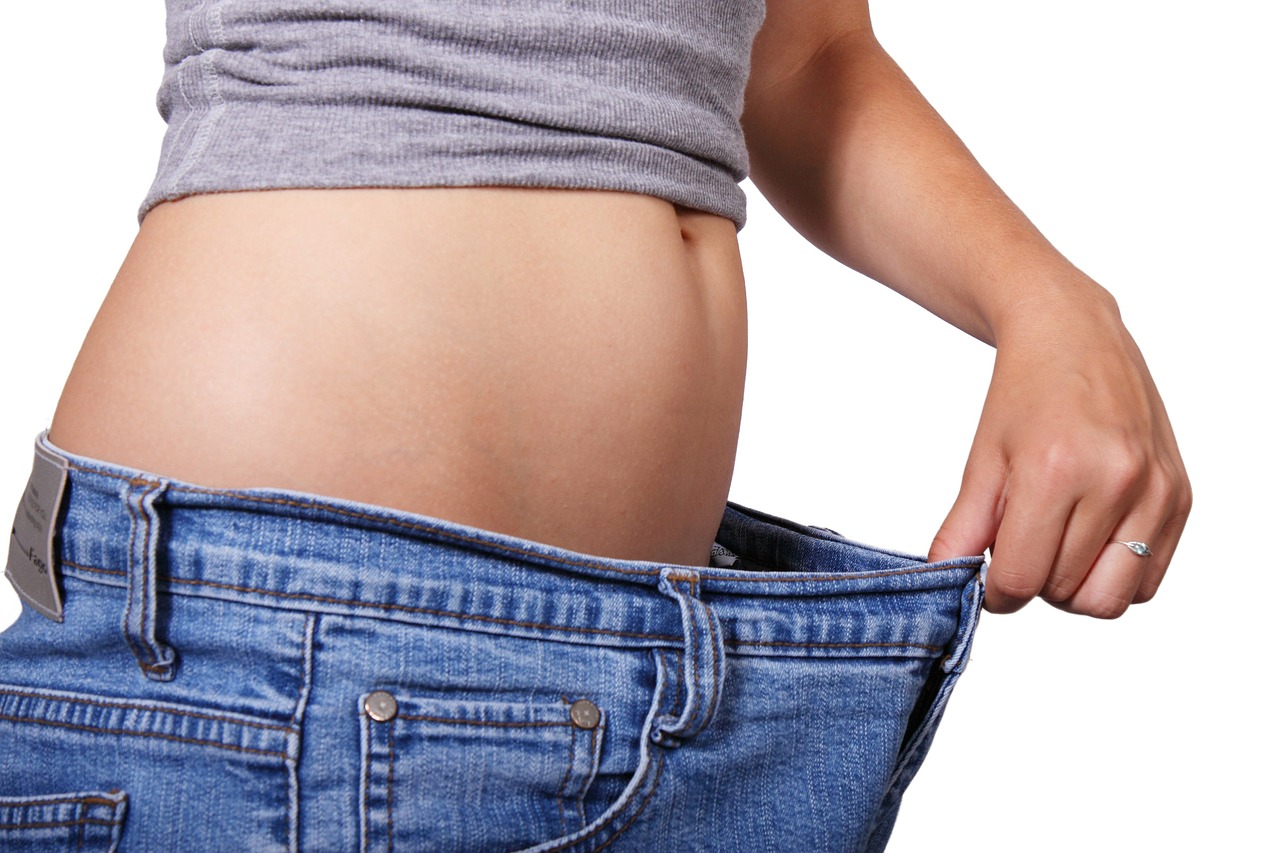If you have pushed your body a bit too hard, it is now time to slow down and follow the 10 tips provided below to help relieve the pain of sore and aching muscles.
Contents [show]
How to Deal with Delayed-Onset Muscle Soreness
Everybody has done it at one time: You push hard at the gym in a quest to gain muscle mass, turn over your garden on the first warm day in early spring, or go into a cleaning frenzy before the arrival of your guests and the following day you are so stiff and sore that you are barely able to drag your body out of bed. Researchers are not very sure what is the cause of delayed-onset muscle soreness, but they believe it could be due to microscopic tears in muscles, coupled with inflammation following an injury.
The soreness should be a sign for you not to overdo it further. Gentle exercise is the best thing to do now, but if you overdo it again you could be making yourself more vulnerable to muscle strains as well as other injuries. Whether you have just completed a session of strenuous activities, or are already sore, you should try following the tips below to relieve the pain of muscle inflammation and soreness.
1. Ice Massage Your Sore Muscles
Put about 5 centimeters of water in a Styrofoam cup and allow it to freeze then fell off the cup’s top and expose the edge of the ice but leave the bottom of the ice covered. Holding the bottom portion of the cup rub the exposed ice over your sore muscles. Ensure that you run in the direction your muscles run so that you are stretching and massaging the muscles simultaneously. The ice numbs the nerve endings and combats muscle inflammation thus relieving pain. Note: Starting 48 hours after the injury. Ice will be of little use, so you should try switching to heat then.
2. Use Ibuprofen to Treat Sore Muscles
Take 22 milligrams of Aleve or between 400 and 600 milligrams of ibuprofen throughout the day, following the instructions on the package, for up to two days after exertion. The two pain relief medications help reduce inflammation.
If you don’t have either of these on hand, aspirin can also be used to treat muscle aches. Just be sure to only take it after a meal to protect your stomach.
3. Use Essential Oils to Massage Sore Muscles
Add 10 drops of calendula, eucalyptus, lavender, St. John’s Wort, or ginger essential oil to 25 milliliters (1 ounce) of massage oil then rub gently into the sore muscle. The essential oils enhance the effects of the massage by increasing the blood flow to the area affected, getting rid of toxins and relieving pain.
4. Applying Sports Creams to Sore Muscles
Rub a sports cream such as Ben Gray or a natural product such as Tiger Balm into the sore muscles after the massage. The creams are usually thicker than massage oils, stay on longer, and help with the ache.
5. Relieve Sore Muscles Using a Heating Pad
If more than 48 hours have lapsed since the strenuous activity, you should try applying a heating pad to the area affected for at least 20 minutes at a time several times a day. The warm temperature will increase the blood flow to the sore muscles. Apply heat directly to the area giving you trouble. Peel-and-stick heating pads usually remain in place for a long time and are so thin that you can wear them under clothing.
6. Using a Natural Remedy for Your Sore Muscles
Bromelain is the best natural remedy for reducing muscle soreness. Studies show that the enzyme, which is derived from pineapple stems can reduce bruising and swelling. You can take 500 milligrams of the product 2 to 3 times every day.
7. Use a Topical Prescription
Find out from your physician whether a ketoprofen lotion prescription is right for you. Ketoprofen is an anti-inflammatory usually prescribed in oral form for rheumatoid arthritis. If you mix it into a cream or lotion and apply it directly to the sore muscles reduces the amount that gets into the bloodstream, which reduces toxic strain on the liver. Only a compounding pharmacy should mix the cream and it should only be ordered by a physician. The cream’s strength should be 10 percent.
8. Workouts
Studies reveal that gentle workouts or stretching help to relieve muscle soreness, but only if you do not overdo it. Try focusing on the parts of the body that are not too sore. For example, if the arms are sore after a weightlifting session, try taking a walk. Light activity helps ease soreness just as well as massage, according to a study published in the Journal of Strength and Conditioning Research.
9. Warm Baths
You should ideally spend 20 minutes in a jetted tub or whirlpool. If your home bathtub is your best option, add between 125 and 250 milligrams of Dead Sea or Epsom salts. Along with 15 drops of calendula, lavender, eucalyptus, rosemary, St. John’s Wort or ginger essential oils.
10. Homeopathic Remedies
One homeopathic remedy that has been well studies for its ability to reduce inflammation and pain is Arnica 30X. Follow the directions provided on the package and take every 15 to 30 minutes for the initial 2 hours following the exertion, then once every hour for the next 8 hours, then finally 3 to 4 times during the following 24 hours.












